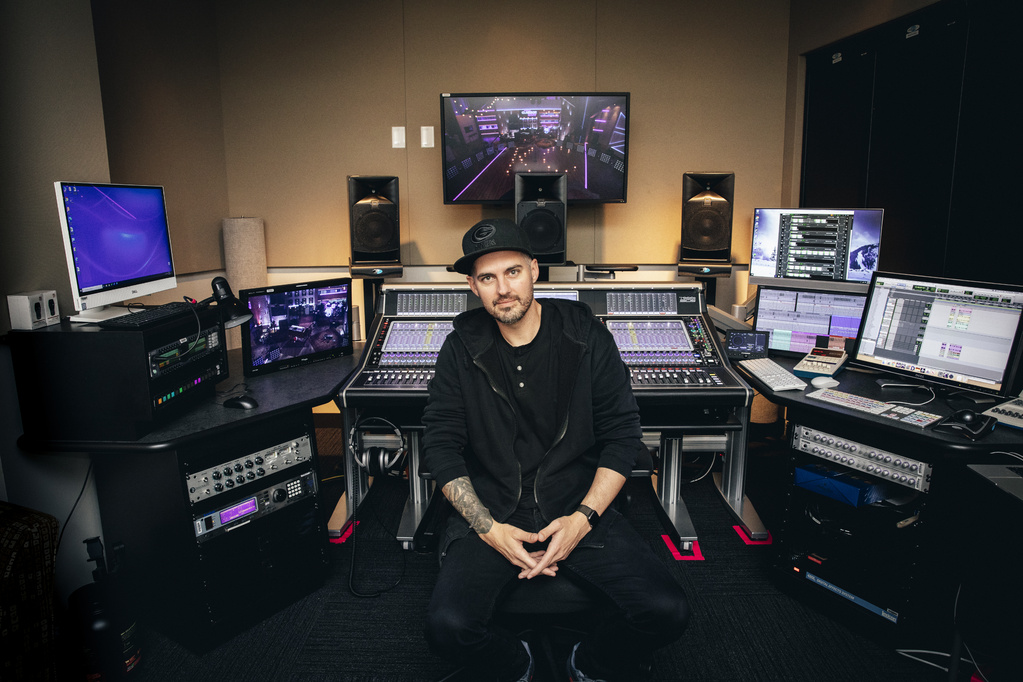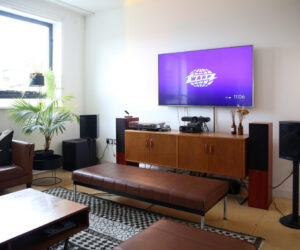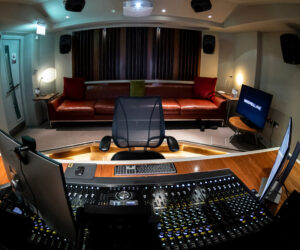In a new interview just posted on the Audix website, Emmy and Dove Award-winning producer, recording engineer, and sound mixer Robert Venable details his application of the company’s i5 dynamic-type instrument and SCX25A large-diaphragm condenser microphones in his work, as well as the use of numerous D6 dynamic mics in a surprising application.
Also an accomplished rock drummer, Venable’s early career saw him running the Pro Tools rig for metal superstars Megadeth. He currently mixes for The Kelly Clarkson Show on NBC. Between those bookends, he has worked on records for multi-platinum and Grammy-winning artists including Clarkson, MuteMath, Twenty-One Pilots, and more. His sound for picture clients include Sony, Saturday Night Live, and Pixar.
“I’m a drummer,” Venable says. “I played in everything from ska-punk to hard rock bands and realized the touring life isn’t my thing. I’m 6-foot-5, and I don’t fit into a tour bus bunk so well! So I figured, let’s stick with music but move to the other side of the glass.”
When that side of the glass involves mixing the broadcast for The Kelly Clarkson Show, he notes, “The Kelly stage is one of the biggest on the lot for shooting a TV show. But there can be a lot of open mics in small areas, such as for the audience and the huddles and so forth,” Venable explains. “Her drummer, Lester Estelle, and I have always paid a lot of attention to our drum sounds because we’ve owned studios together for the past ten years. Kelly is a pop singer and she can sing loud, so we want the instruments to stand up to that and not sound muted. At the same time, we don’t want them to bleed into those other mics I mentioned and make them sound boxy or phasey. The big thing we learned was to use D6 mics on all the toms, from the 10-inchers all the way to 22-inch gong drums.”
Venable finds Audix mics to work well on many sources in addition to drums. “I love the SCX25A in this application,” he notes. “For a more focused, in-your-face sound, I’ll reach for a small-diaphragm condenser such as the SCX1. I’ve found both these mics more than capable of giving me a full acoustic guitar sound, without the need for a second mic. I’ve been defaulting to the i5 on electric guitar cabs to begin the foundation for a wall of sound. On a bass cabinet, the D6 naturally pulls some of the mud out of the sound and opens up the top end to capture that funky slap when the bassist throws it at you.”
Venable’s interview features many other anecdotes and pieces of sage advice, such as this one for artists who may be working in the studio with a producer for the first time. “First, you hired the team that you hired for a reason. You are trusting them to get a sound you like based on their previous works. Go in knowing that things are going to change. ‘Demo-itis’ is real — being too in love with the demos you spent the last year recording.”
Read the full interview on the Audix website at here.




















